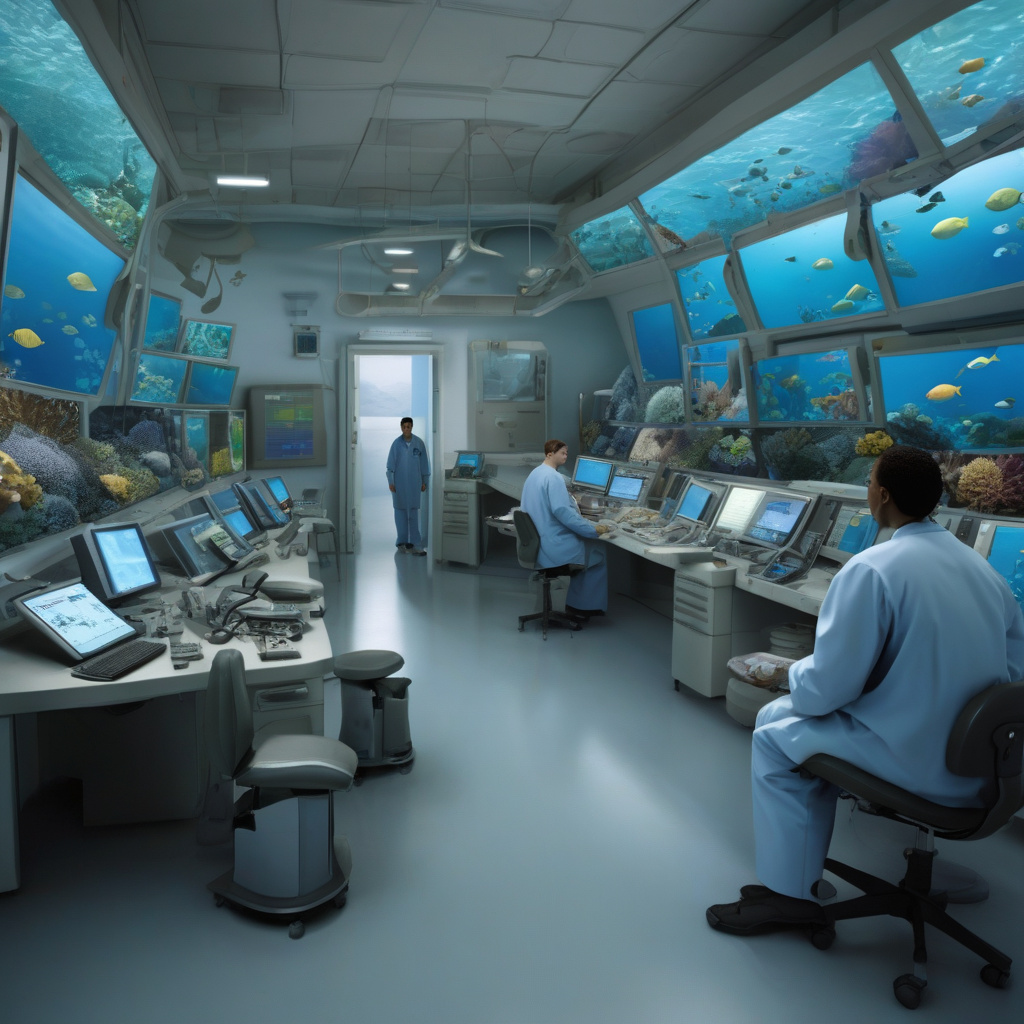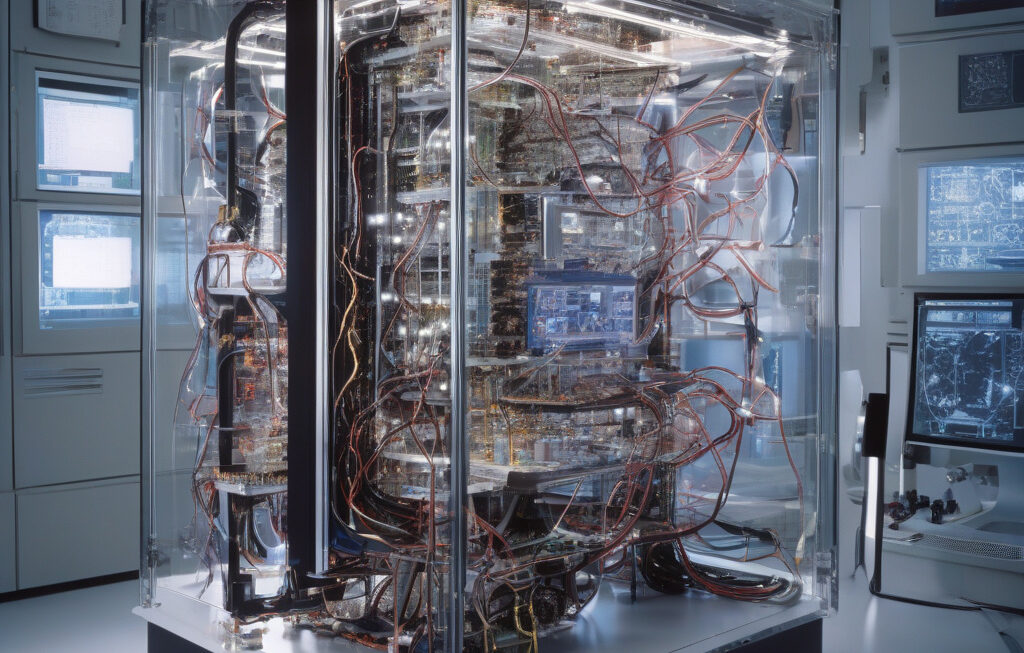US Scientists’ Breakthrough Model Can Predict Underwater Landslides to Keep Oil Rigs Safe
Researchers in the U.S. have come up with a new method that could potentially predict underwater landslides, ensuring the safety of oil rigs and other infrastructure located in vulnerable areas. This groundbreaking model, developed by a team of scientists at a leading research institution in the United States, has the potential to revolutionize the way we approach risk management in offshore operations.
Underwater landslides pose a significant threat to oil rigs and other structures located on the seabed. These sudden movements of sediment can damage infrastructure, disrupt operations, and even lead to environmental disasters. Predicting when and where these landslides may occur has been a long-standing challenge for the industry. However, the new model developed by U.S. scientists offers a ray of hope in addressing this critical issue.
The model takes into account a wide range of factors that contribute to the occurrence of underwater landslides, including seabed topography, sediment composition, and water pressure. By analyzing these variables and running simulations based on historical data, the model can forecast the likelihood of a landslide happening in a particular area with a high degree of accuracy. This predictive capability is a game-changer for the industry, as it allows operators to take proactive measures to prevent damage to their infrastructure.
One of the key advantages of this new model is its ability to provide early warnings of potential landslide events. By detecting warning signs well in advance, operators can implement safety measures such as evacuating personnel, shutting down operations, or reinforcing structures to mitigate the impact of a landslide. This proactive approach not only safeguards the lives of workers but also helps to prevent costly damage to equipment and the environment.
In addition to enhancing safety, the predictive model developed by U.S. scientists can also lead to significant cost savings for the industry. By avoiding unplanned downtime, repairs, and environmental remediation efforts, operators can reduce their overall risk exposure and improve the profitability of their operations. This proactive risk management approach is a win-win for both safety and the bottom line.
Furthermore, the application of this predictive model is not limited to oil and gas operations. It can also be valuable for other industries that rely on infrastructure located in underwater environments, such as offshore wind farms, underwater cables, and marine research facilities. By leveraging this innovative technology, a wide range of stakeholders can enhance the resilience of their assets and ensure business continuity in the face of natural hazards.
In conclusion, the breakthrough model developed by U.S. scientists represents a significant step forward in predicting underwater landslides and safeguarding critical infrastructure. By combining advanced data analytics with cutting-edge technology, researchers have opened up new possibilities for risk management in offshore operations. As the industry continues to embrace innovation and harness the power of predictive modeling, we can look forward to a safer and more sustainable future for underwater infrastructure.
safety, innovation, risk management, offshore operations, predictive modeling












